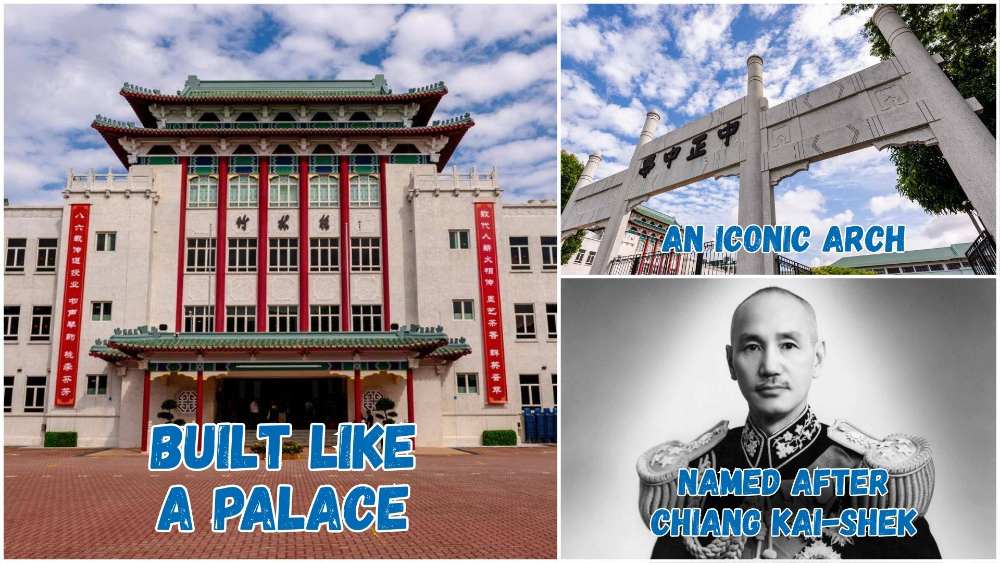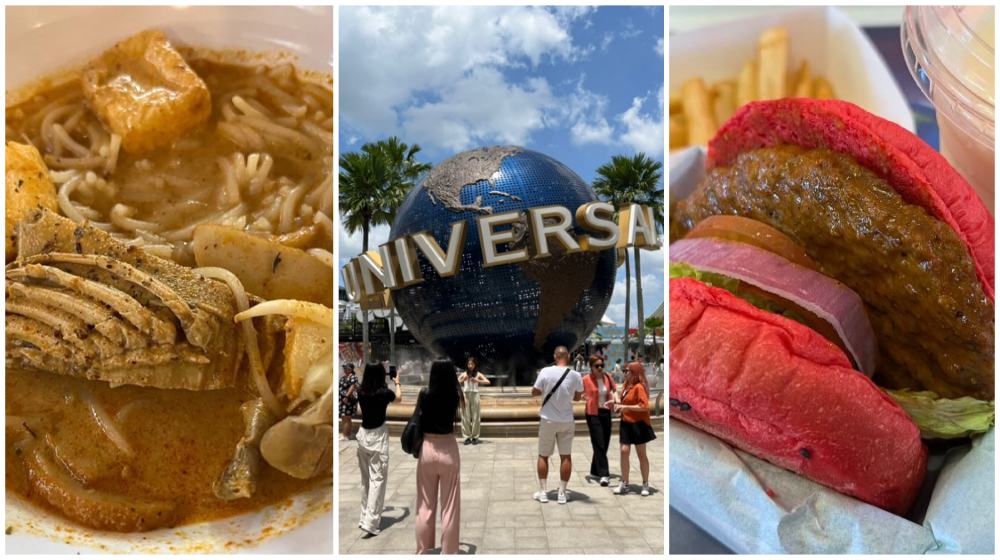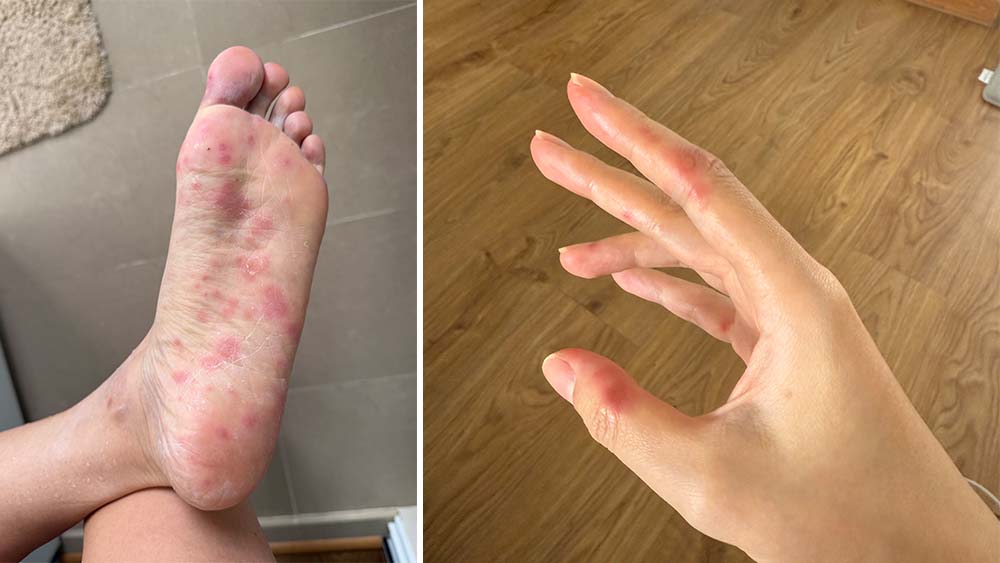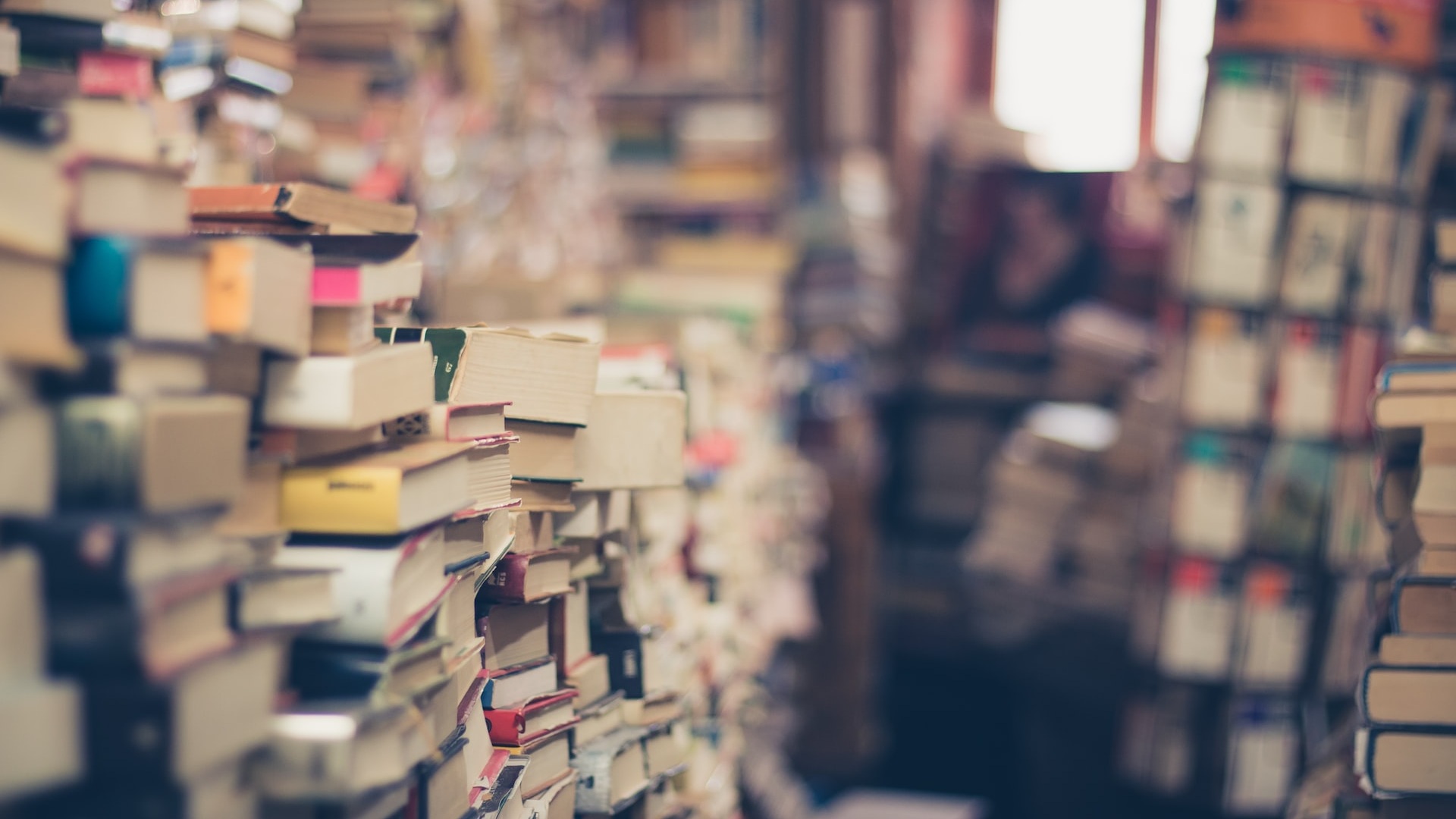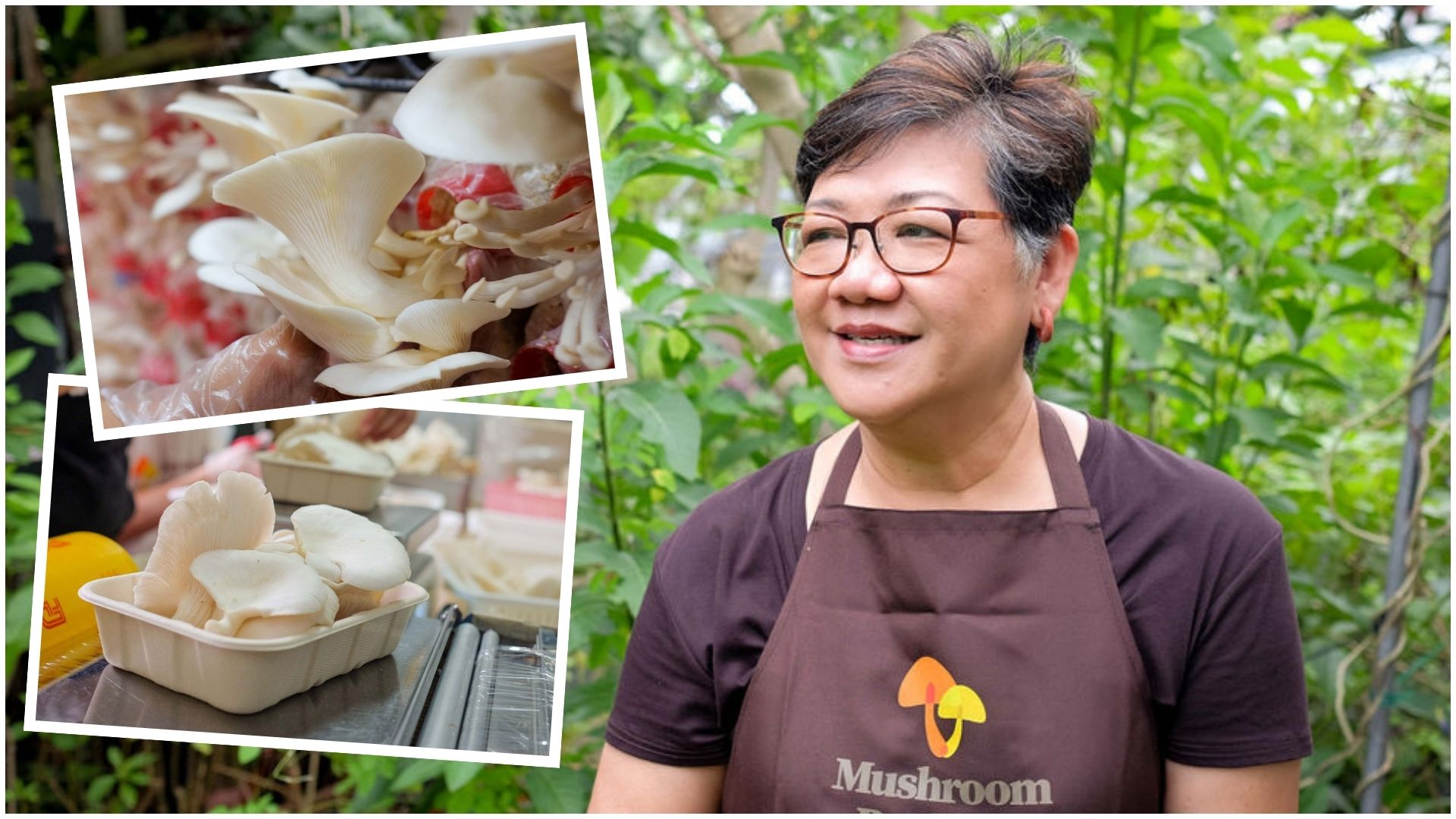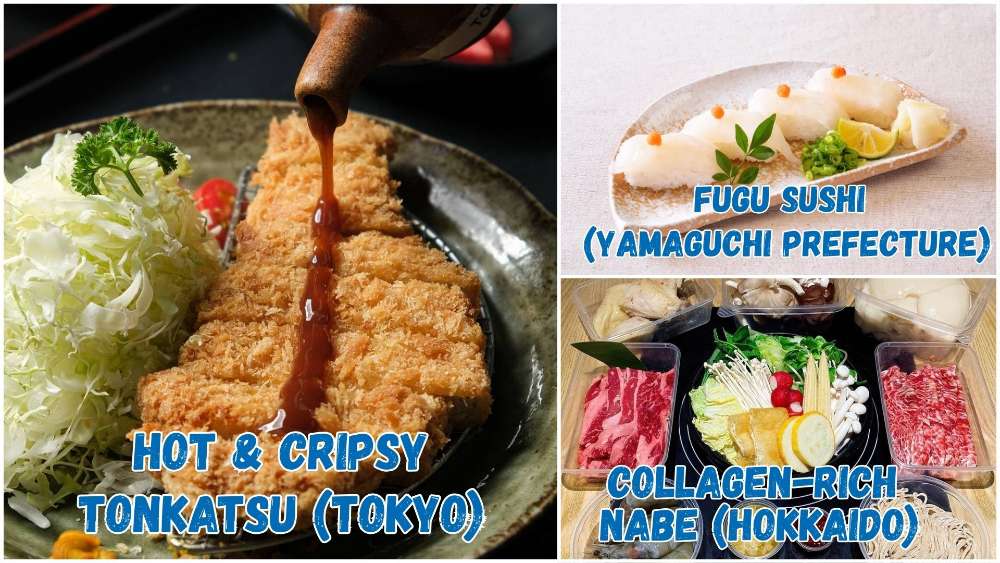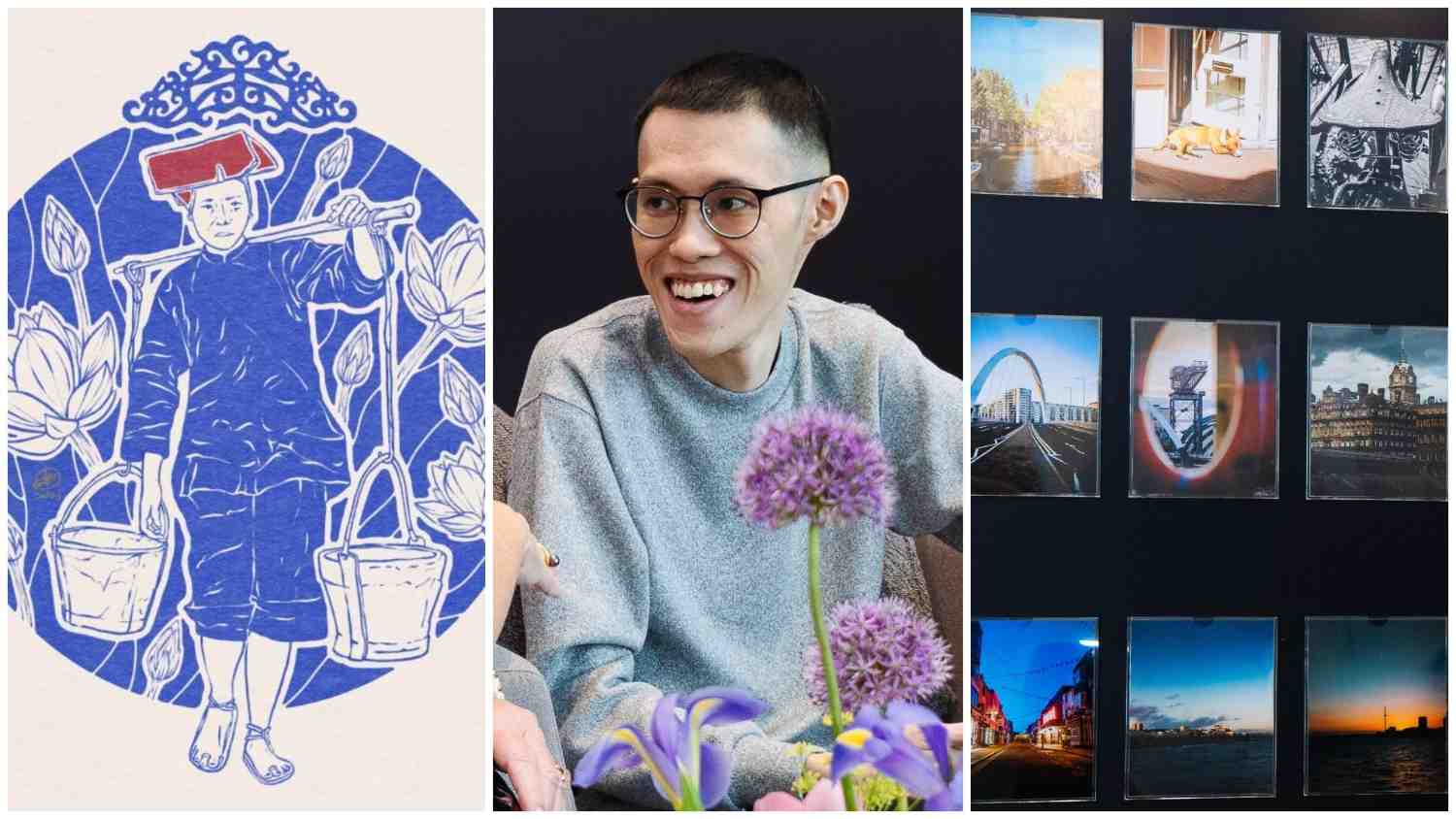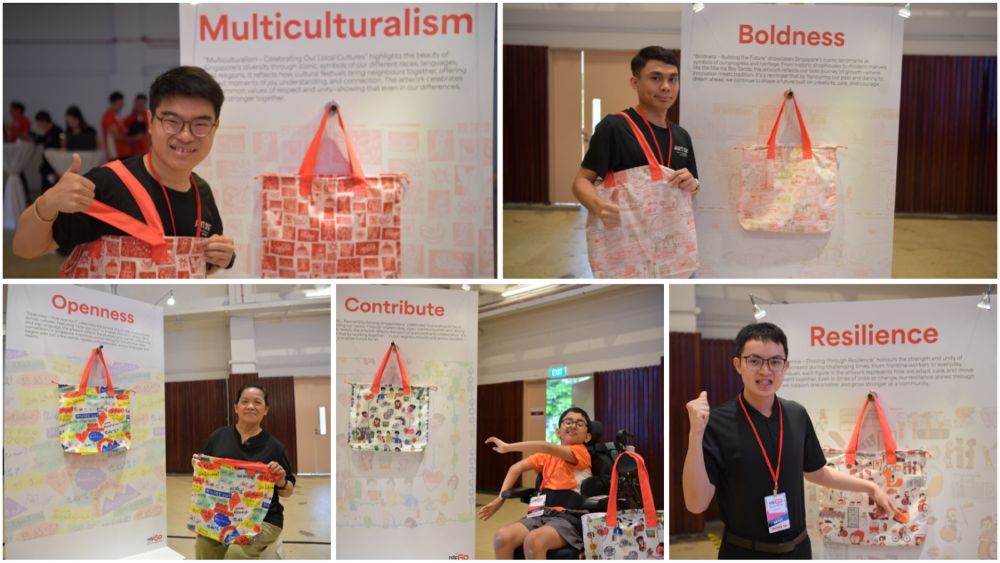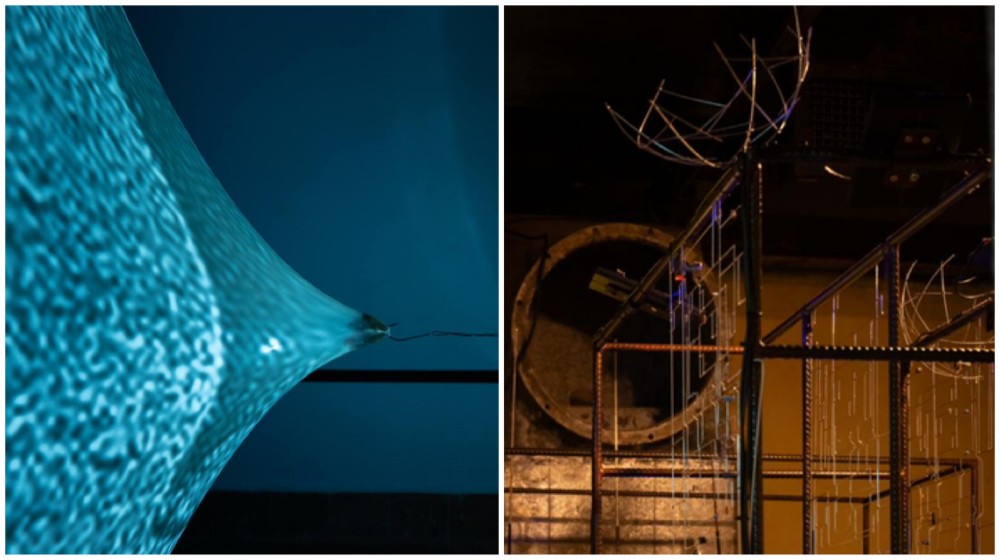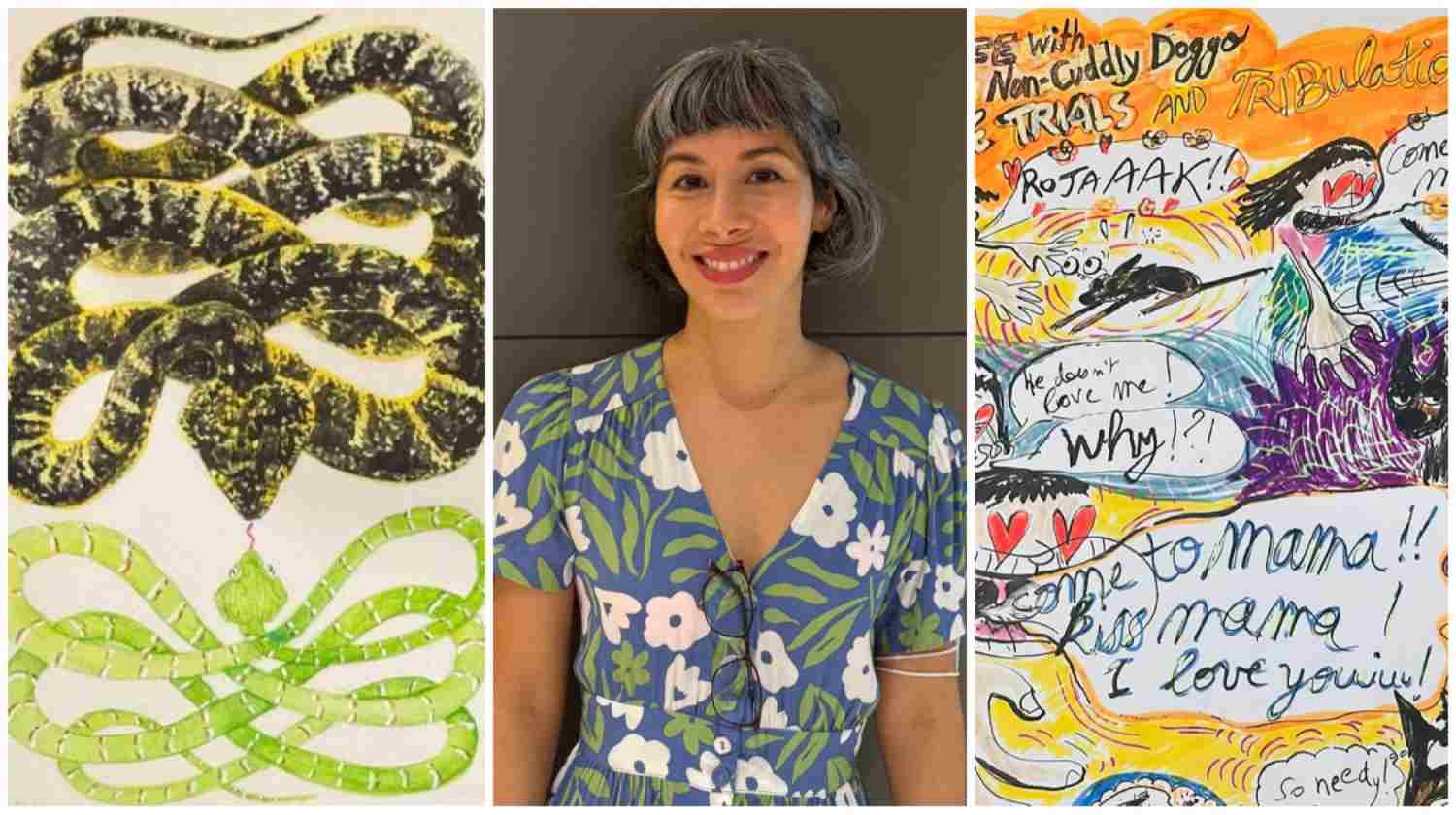Artist Behind The Art: A Terminal Illness Didn’t Stop Him From Holding A Solo Exhibition
I stumbled upon the news of JunYang Pow’s exhibition purely by chance while scrolling through social media. The phrase “living funeral” struck a chord, compelling me to read the entire article in one go. When I shared it with my partner, her face fell. “I know him! He was my classmate at University of Glasgow!” That was it – we had to visit the exhibition and learn more about his incredible story.
The first thing that struck me upon entering the “Canvas of Memories” exhibition was the sheer outpouring of love and admiration for JunYang. Held at Suntec City from 3 to 5 Jan 2025, the showcase was more than just an art exhibition – it was a celebration of life, resilience, and the enduring power of creativity. Even President Tharman Shanmugaratnam attended, a testament to the impact of JunYang’s work and story.
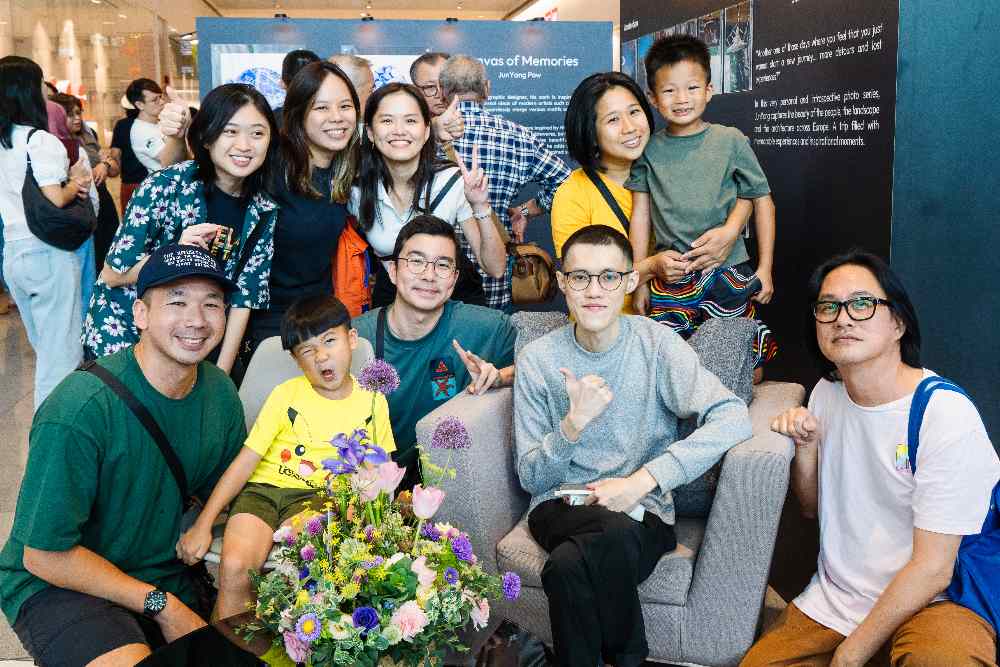 JunYang (front row, second from right, seated), was surrounded by love and support at the event. | IMAGE: FELLY LOI AND AMBULANCE WISH SINGAPORE
JunYang (front row, second from right, seated), was surrounded by love and support at the event. | IMAGE: FELLY LOI AND AMBULANCE WISH SINGAPORE
At just 31, JunYang has achieved what many artists only dream of: a solo exhibition featuring his own illustrations and photographs. But this dream came at a poignant moment – he had been diagnosed with Stage 4 urachal cancer, a rare and aggressive illness. Faced with this devastating reality, JunYang refused to let time slip away without leaving something meaningful behind.
“Canvas of Memories” became his “living funeral”, a way to connect with loved ones, supporters, and even strangers who resonated with his art.
Walking through the exhibition, I was struck by how familiar yet refreshing his illustrations felt. His work captures the essence of Singapore – iconic sights like the dragon playground in Toa Payoh (which I proudly bought on a T-shirt), everyday objects infused with nostalgia, and intricate line work reminiscent of printmaking techniques. Each piece held a story, a memory, a piece of JunYang’s soul. His ability to find beauty in the mundane and transform it into something extraordinary was nothing short of inspiring.
Though the exhibition has ended, JunYang’s legacy continues. Merchandise featuring his artwork has been so well-received that pre-orders are still available on Art Outreach. Proceeds will go towards establishing the JunYang Pow (JYP) Creative Legacy Fund. It’s a final opportunity to own a piece of his work and contribute to a cause he deeply believes in.
I had the privilege of interviewing JunYang after the exhibition via email, and his words offered even deeper insight into his artistic journey, inspirations, and hopes for the future.
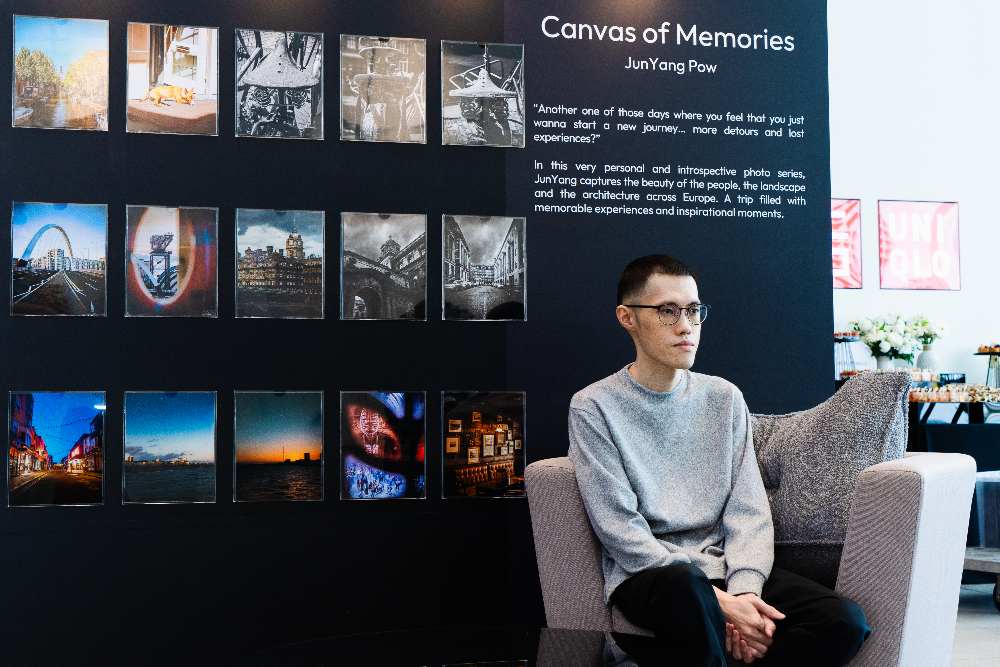 JunYang on the first day of his exhibition. | IMAGE: FELLY LOI AND AMBULANCE WISH SINGAPORE
JunYang on the first day of his exhibition. | IMAGE: FELLY LOI AND AMBULANCE WISH SINGAPORE
How and when did your love for art first begin?
My earliest memory of art goes back to when I was about five or six years old, in K1 or K2. I remember sitting on the floor of my sister’s room, flipping through her black art folder. She’s nine years older than me, so she was probably in Secondary 2 or 3 at the time.
I spent a good 15 to 20 minutes just mesmerised by her pencil drawings. It blew my mind that she could create such detailed work with just a pencil – shadows, tiny rocks on train tracks, and even the mesh of her sports shoes. It all looked so real.
Later, I realised these were just her drawing exercises or art homework. But as a kid, I didn’t see it that way. It was my first time encountering finished pencil artwork, and it left me in awe. I’m not sure if that’s when my love for art truly began, but it definitely left a deep impression. From then on, I started drawing – copying those “Let’s Draw” programmes on cable TV and Kids Central back in the day.
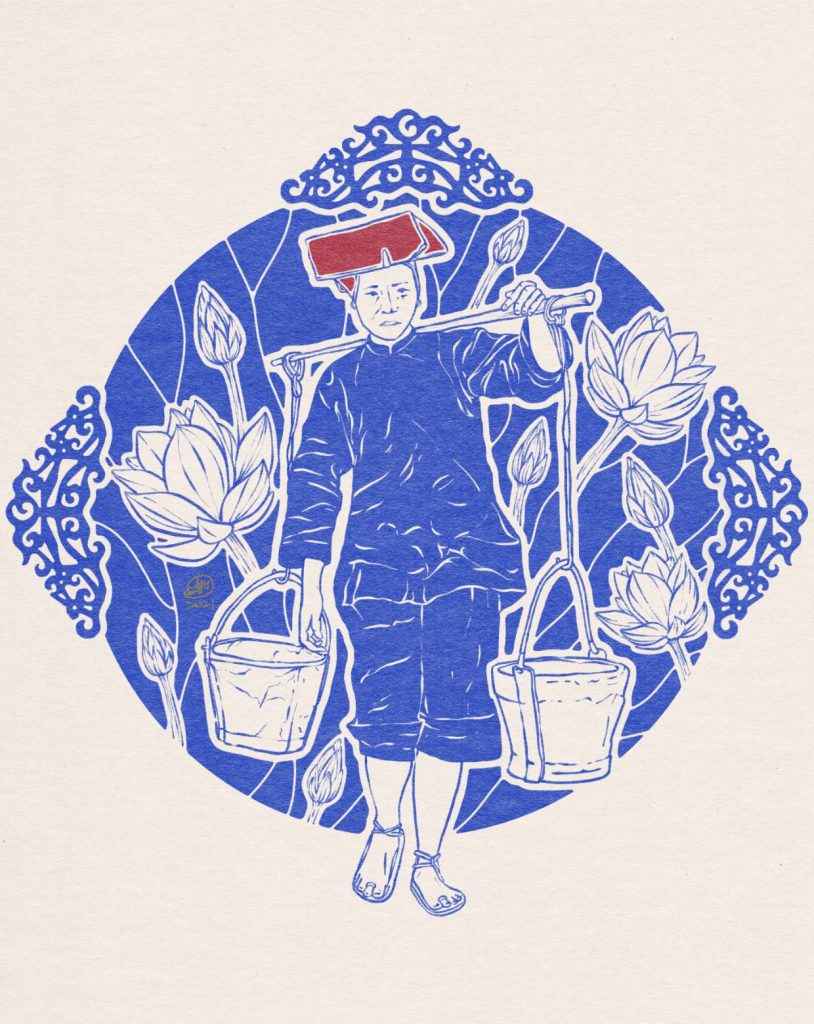 “Woman in a Man’s World”, a piece JunYang created in 2021. | IMAGE: ARTOUTREACHSINGAPORE.ORG
“Woman in a Man’s World”, a piece JunYang created in 2021. | IMAGE: ARTOUTREACHSINGAPORE.ORG
How did you develop your style?
That’s a tough one because I feel like I’m still discovering my style. Right now, I’ve been combining different techniques and art styles to achieve the look I want.
I’m drawn to the simplicity of line art, the intricate details of printmaking (like the contour lines on banknotes that create depth and form), and relief printmaking techniques like linocut. I find the concept of positive and negative spaces fascinating – what you cut away creates the “white” space, and what you leave behind forms the design.
When I draw, I often ask myself questions: “What does this piece need? Does it need more contrast? What do I want to communicate?” I’m constantly refining and experimenting.
Who are some of your favourite artists, and why?
One of my favourites is Sam Lo, also known as @skl0_ on Instagram. Their murals (shown above) are so vibrant and eye-catching, but what I love most is how multi-disciplinary their work is. Beyond murals, Sam creates quirky sculptures that really stand out.
Another artist I admire is Shepard Fairey, the American artist behind the iconic “Hope” poster from Obama’s campaign. If you’re familiar with his work, you can see where Sam Lo draws inspiration. Both artists have an incredible ability to combine art and social commentary, which I really look up to.
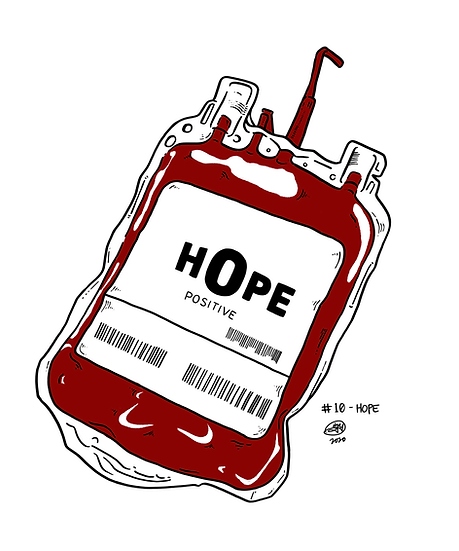
“#10 – Hope, 2020”, digital print, JunYang. | IMAGE: ARTOUTREACHSINGAPORE.ORG
Do you have a favourite piece or one that is most meaningful to you?
If we’re talking about the pieces exhibited, I have a few favourites. But the most meaningful one is “Hope: The O Positive Blood Bag”.
When I was working on it, I was thinking about the significance of blood type O+. It’s a universal donor type that can help so many people in need, often in life-or-death situations. To me, having access to blood represents hope. I’m sure people in the medical field will have their own interpretations, but that’s what inspired me when I created it.
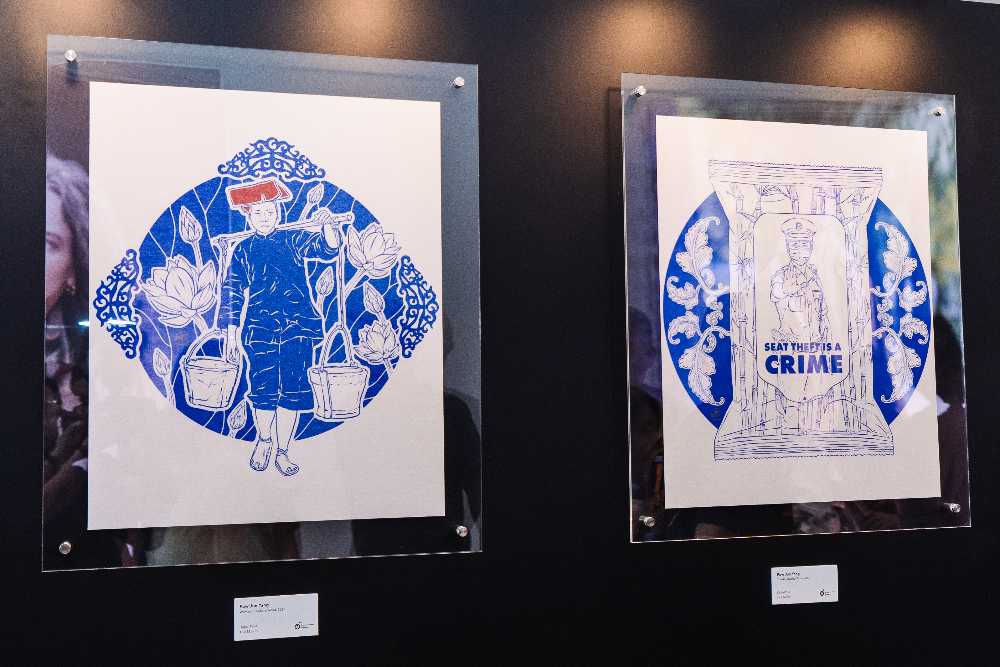 Pieces from JunYang’s “Blue and White Porcelain” series. | IMAGE: FELLY LOI AND AMBULANCE WISH SINGAPORE
Pieces from JunYang’s “Blue and White Porcelain” series. | IMAGE: FELLY LOI AND AMBULANCE WISH SINGAPORE
In what way did your diagnosis affect your art and your view of it?
It’s been challenging, to say the least. Take my “Blue and White Porcelain” series, for example. It was tough to pick up where I left off before my diagnosis, and even harder now. I’m physically and mentally drained, and it feels paralysing to even think about maintaining the same level of quality.
After my diagnosis, I stopped drawing entirely for almost two years. The only piece I managed to create during that time was for Lunar New Year – a design influenced by our iconic dragon playground for the Year of the Dragon. That piece felt like a small victory amidst a difficult period.
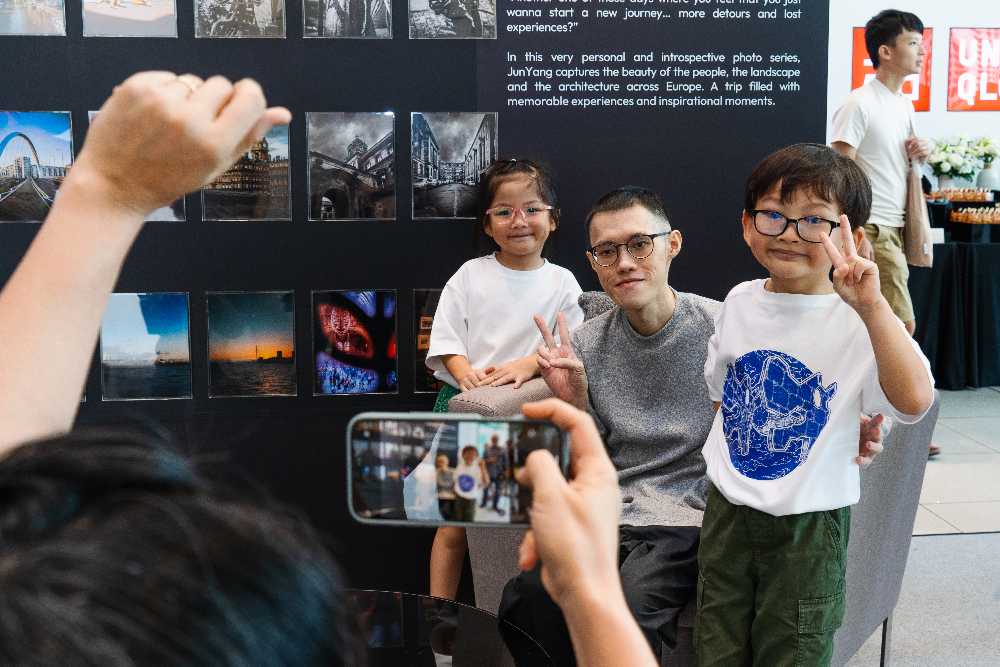 JunYang interacting with friends, well-wishers and supporters at his showcase. | IMAGE: FELLY LOI AND AMBULANCE WISH SINGAPORE
JunYang interacting with friends, well-wishers and supporters at his showcase. | IMAGE: FELLY LOI AND AMBULANCE WISH SINGAPORE
How did “Canvas of Memories” come about?
I’d always wanted to stage my own exhibition. Around the same time, my friends were encouraging me to have a “living funeral” where I could thank my colleagues, meet my friends and family, and celebrate life. So, it felt natural to combine the two – an art exhibition disguised as a living memorial, a 70%-30% split.
Even with the idea in mind, I kept procrastinating. It wasn’t until I was down with a fever during radiation therapy that I realised time was running out. If I didn’t ask for help, it wouldn’t happen. That’s when I reached out to two close friends and asked them to contact Ambulance Wish Singapore (AWS).
At first, I didn’t want to involve my sister because she was already doing so much for me. But AWS needed a next-of-kin to proceed, so she had to step in. Looking back, I’m incredibly grateful for everyone who came together to make this happen. If I hadn’t taken that leap, I think I’d have regretted it greatly.
Speaking of memories, what are some of your favourite or most significant memories from the exhibition?
The very first day stood out. I was supposed to be home resting after being discharged from the hospital that afternoon, but I really wanted to pop by for a quick glimpse of the exhibition.
I’m so glad I did because I ended up having heartwarming conversations with tourists who were so supportive and genuinely interested in my work. Their friendliness and encouragement left a lasting impression on me.
But the most significant moment would have to be meeting the President and First Lady on the main day. I never imagined I’d have the chance to sit down with them for a short conversation. It’s an experience I’ll cherish forever.
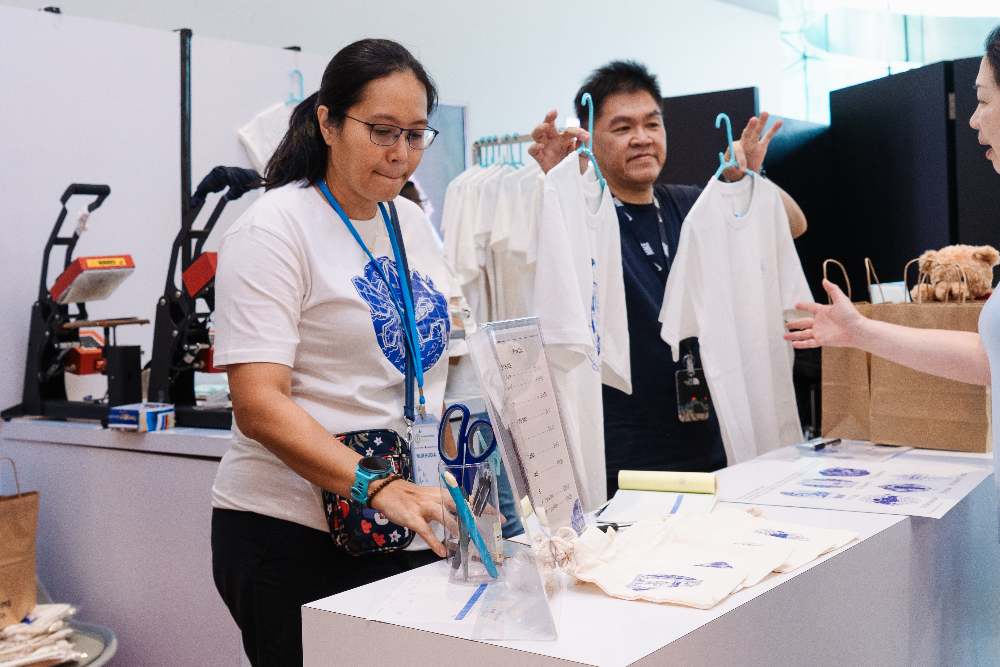 Volunteers manning the merchandise booth at “Canvas of Memories”. | IMAGE: FELLY LOI AND AMBULANCE WISH SINGAPORE
Volunteers manning the merchandise booth at “Canvas of Memories”. | IMAGE: FELLY LOI AND AMBULANCE WISH SINGAPORE
How long did it take to put the exhibition together?
I got in touch with Ambulance Wish Singapore (AWS) in early December. At the time, I was feeling unwell and in a lot of discomfort, so I was very hands-off during the entire process. My role was mainly to provide the artwork and materials they needed for merchandise and displays.
The volunteers were incredible. They worked tirelessly to bring in key organisations and sponsors, pulling everything together in such a short amount of time. Without their resourcefulness and dedication, this exhibition would never have become a reality. I owe it all to their hard work and determination!
Spokesperson for Ambulance Wish Singapore:
This wish was directly referred by JunYang's sister, which is a rare occurrence for us as most of our wish requests typically come through organisations. We have been working diligently to raise awareness about what Ambulance Wish Singapore does – fulfilling the wishes and celebrating the lives of terminally ill patients.
Gradually, Ambulance Wish Singapore is gaining recognition through social media, word of mouth from beneficiaries' loved ones, and referrals from organisations that have witnessed the profound impact a fulfilled wish can have on patients and their families.
The wish was one of the largest Ambulance Wish Singapore has fulfilled to date. It involved a significant number of volunteers, generous sponsors, and dedicated partners who came together to make JunYang's wish a reality. This remarkable effort would not have been possible without the unwavering commitment of a dedicated group of volunteers who formed the wish team, demonstrating the power of teamwork and compassion.
“Canvas of Memories” also featured photos taken by JunYang on a trip across Europe.
Why do you think art is important, not only to yourself but also to those who experience it?
Art is important because it opens up different perspectives. It allows people to see things in ways they might not have before, sparking thoughts, ideas, and feelings that are unique to each individual. What’s really special is hearing how different people interpret the same piece of art – whether it’s an emotional response or a completely different way of viewing it.
That experience is invaluable – not just for the artist, but also for the audience, clients, and even the wider community. It’s where connections are formed, conversations start, and sometimes, future collaborations are born.
Tell us more about the JYP Creative Legacy Fund, and what you hope it will achieve.
The idea behind the JYP Creative Fund is to provide young, emerging artists with a platform to gain exposure and build a foothold in the art and design community. I hope that this initiative will help people see the value in what these artists do, encouraging them to offer the support these creatives need to grow and develop their craft. Ultimately, I want the fund to empower emerging artists to pursue their creative journeys and achieve their potential.
For the latest updates on Wonderwall.sg, be sure to follow us on Facebook, Instagram and Telegram. If you have a story idea for us, email us at [email protected].

